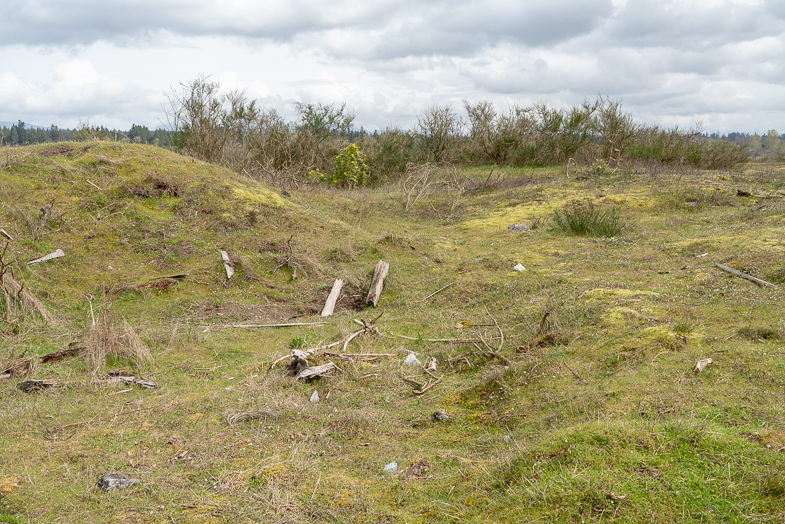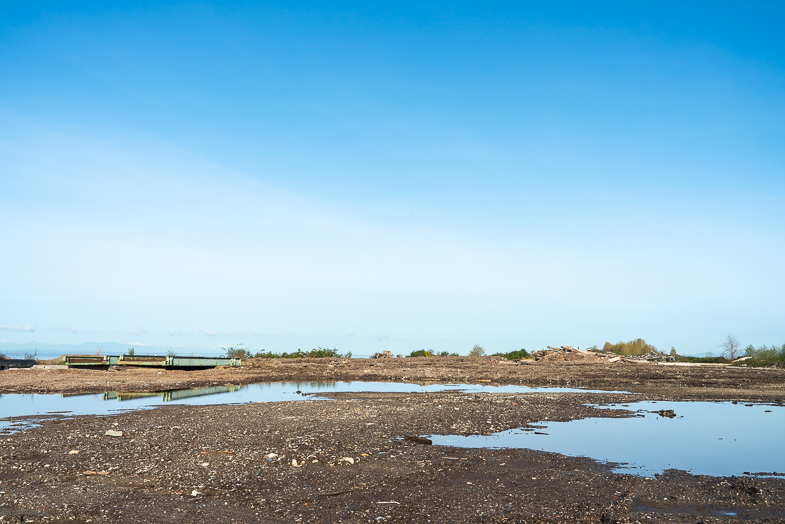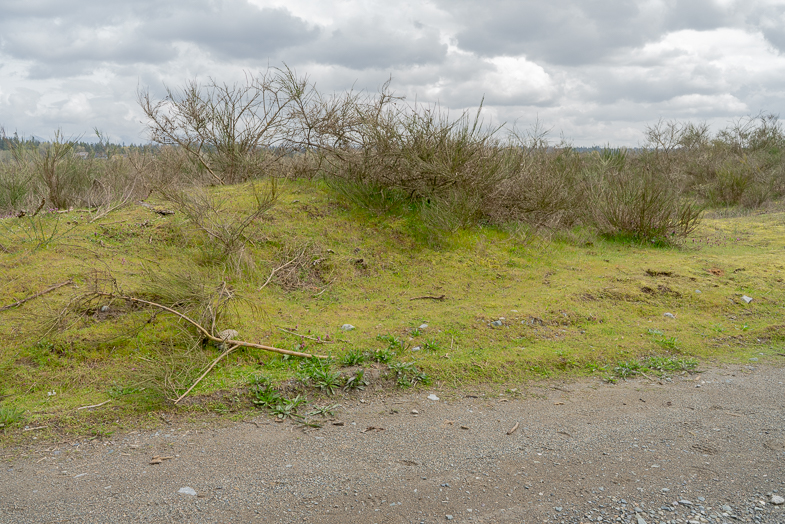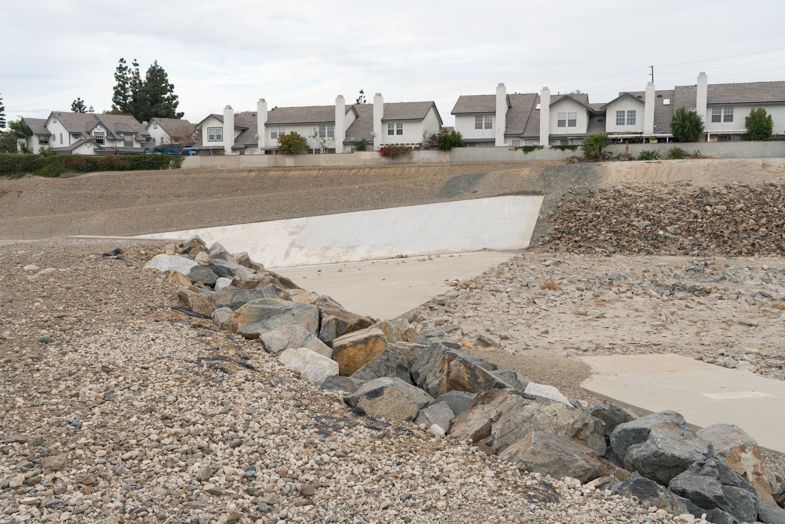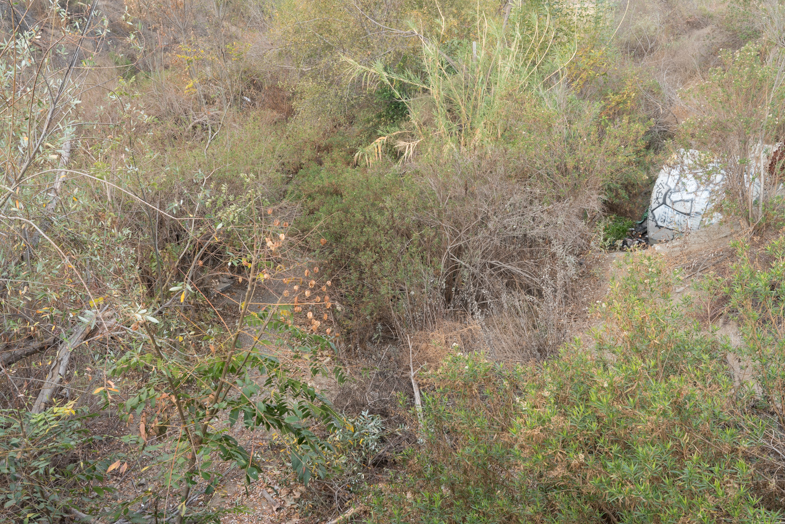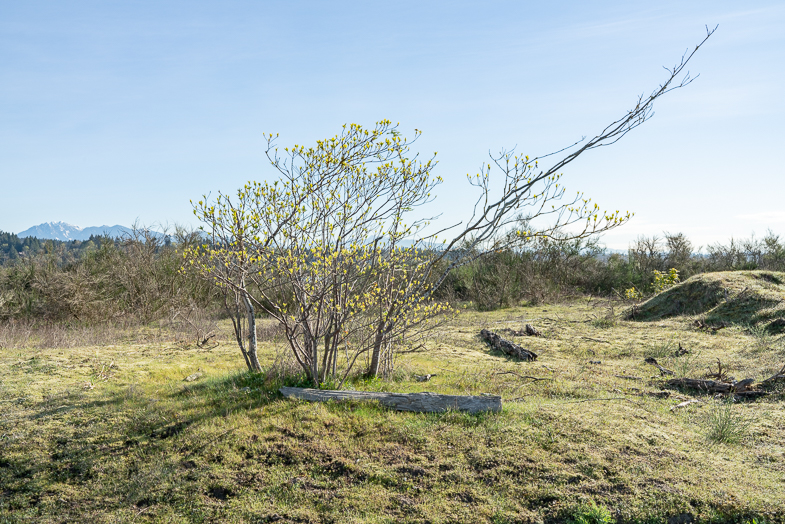
My interest has brought me to several industrial reclamation sites this year. I’m wondering if we can fix what is broke. These images are from a much larger group following the landscape over several seasons.
On this reclaimed island I should feel at home. There’s a sense of quiet, comfort, oneness with nature. It’s a conservation area. But I look around and feel there is something odd, something off. Around me are minor woodlands, wetland sloughs, old agricultural fields, much of it recently industrial and waste areas. Some new but struggling trees grow. Brush and light vegetation cover the surface with a visual membrane. Yet even this luscious covering fails to effectuate a sense of continuity that I would expect.
The thin ground cover is easily scraped away with a finger or a stick. It’s easily scarred by a truck tire. Rocks are often not rocks, but broken pieces of concrete, chips of marble slabs from kitchens and structural elements of urban buildings destroyed, dumped here, and now moved again.
Lying low and flat, just a few feet above sea level at its highest point, the island’s most distant industrial areas, still active, are within sight. The surface under my feet, a deep and lush green. Yet even light walking can now leave a track of damage. Feelings of peace and calmness are undone by a single downward glance.
— Jim Roche, Vancouver, Canada
